Mozart is the beloved son of Salzburg. Located at Getreidegasse 9 is the birth home of Mozart. Born on January 27, 1756 in the "Hagenauer Haus," this is where Mozart's family lived for 26 years on the third floor. In 1773, the family moved the "Mozart Residence" in Marketplatz Square. His birth home became a museum in 1880 thanks to the International Mozarteum Foundation. The museum is open to the public showcasing original rooms, with the furnishings remaining as authentic as possible. Walking tours are also available.
Discover more about Mozart and his life in Salzburg on our recent blog, Exploring the Life of Mozart in Salzburg.
Getreidegasse sits in the heart of Old Town and contains some of the oldest and original shops in Salzburg (that do not exist today). House number 9 is Mozart’s birthplace. Many shops are higher end and / or corporate stores.
Goldgasse is a small and narrow medieval lane that runs from Alter Markt Square to Residenplatz. The street features locally owned shops such as antique stores, bookshops and art galleries. Back in the day locals knew this by other names such as, Schlossergasse (locksmith lane), Milchgasse (milk lane) or Sporergasse (lane of the people who make horseback riding accessories).
Altes Rathaus – City Hall
This medieval four-story building was originally a burgher house. In 1407, the city council purchased the building to use as a court house. The supposed “Golden Age” for the Rathaus occurred in the late Middle Ages and Reformation time period when civil-war like riots occurred known as Bauernkriege. At certain points in history, the Rathaus served as a night watch tower. Some claim the clock on the Rathaus is the oldest clockwork in Austria.
This medieval castle is a must-visit landmark in Salzburg. Not only are its roots ancient, but it features some of the best lookout points in the city. Archbishop Gebhard von Helfensteininitiated construction in 1077. Structures originated during the Roman Empire, but further expansions occurred throughout the centuries under each ruler. Prince-Archbishop Leonhard von Keutschachexpanded the castle between 1495-1519. Notable points of interest include the bedchamber, the golden chamber and the Chapel of Archbishop Leonhard von Keutschach.
During World War I, the castle housed Italian prisoners of war. Today, it is a major tourist attraction and features a mountain-side view restaurant and scenic viewpoints overlooking the city.
Take the tram for a quick and easy way to reach the top.
Nonnberg – Nunnery / Abbey
Founded between 713-715, this is the world’s oldest nunnery that’s existed without closures or interruptions. St. Rupert founded the nunnery, but his sister St. Erentrudis operated the facility. The nunnery is notable thanks to starring in the “Sound of Music.” The nunnery has seen a few face lifts throughout the centuries to fire and damage, but it still contains a crypt with the tomb of St. Erentrudis.
This 7th Century Baroque church is one of the most beloved sites in Salzburg. Inside guests marvel at the striking Christian architecture.
The cemetery is one of the most beautiful and oldest burial grounds in Europe. The grounds feature a beautiful array of flowers and decorative tombstones, for those who want to go out in style. Buried here are notable artists, scholars, merchants and locals such as Mozart’s sister, Nannerl. The cemetery also contains a Christian catacomb, which dates back to late antiquity. Found in the Mönchsberg, the entrance is adjacent to the Nannerl and Michael Haydn gravestones. After walking 48 steps is the 1178 “Gertrauden Chapel” and the next 36 steps is the “Maximus Chapel.” The cemetery and catacombs were the backdrop to the Sound of Music movie.
Mozart and Haydn both have close ties with the church. This is where the first performance of Mozart C Minor Mass took place on October 26, 1783. Still to this day, the performance takes place here during the Salzburg Festival.
This early Baroque Cathedral is Salzburg’s most prized possession. A crypt is onsite that shows the remains of the two earlier churches built in 774 and later rebuilt in 1167.
Like many Salzburg locals, the Cathedral is the place of worship that baptized Mozart and Joseph Mohr, the man who wrote “Silent Night.” The baptismal font located on the left upon entry is where his actual baptism took place. Located in the center of Salzburg, the church dates back to 774, and one of the oldest buildings in the city.
Café Tomaselli
This is Austria’s oldest coffee house. Founded in 1700, this place is also popular because Mozart frequently visited the café. According to Tomaselli.it, “The French-born Johann Fontaine obtained trade law approval to sell chocolate, tea and coffee on the 31stof march in 1700. After Fontaine's death, the café with the vaulted ceiling changed hands several times. In 1753, Anton Staiger took over the establishment. After eleven years, in 1764, he succeeded in purchasing the prestigious building on today's Alter Markt, which Carl Tomaselli later bought in 1852.”
Cemetery of St. Sebastian + St. Sebastian Church
The cemetary of St. Sebastian displays remarkable tombstones of merchants and notable locals. Some of Mozart’s family members are buried here including Mozart’s father, Leopold, Wolfgang’s wife, Constanze, as well as her second husband, Georg Nikolaus.
Let's Connect!
What's your favorite historical spot in Salzburg?
This Lemon Tree article is now featured on GPSmyCity. To download this article for offline reading or travel directions to the attractions highlighted in this article, go to 10 Historical Attractions You Can’t Miss in Salzburg.
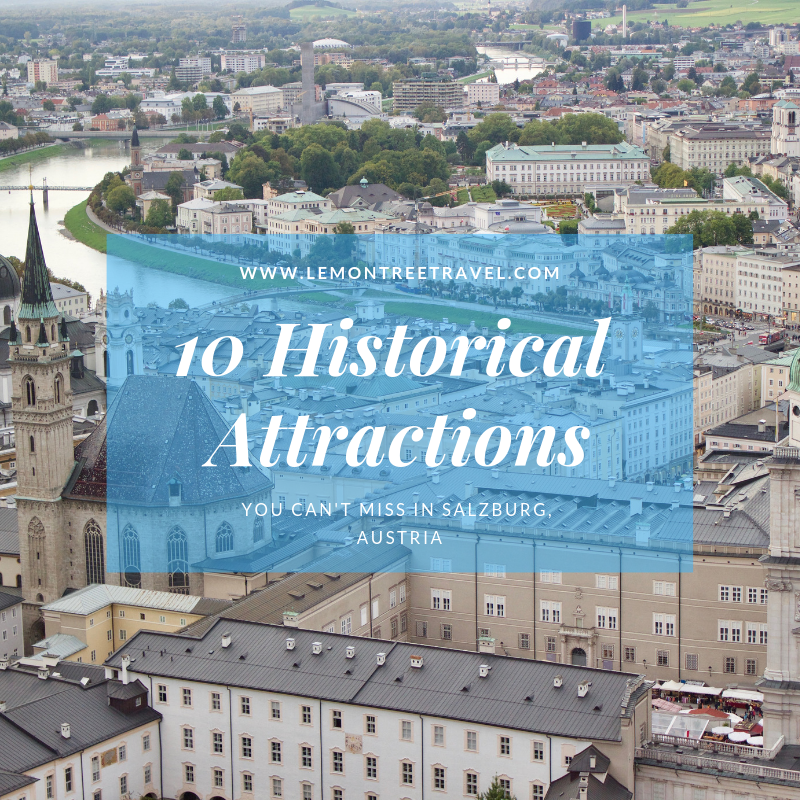
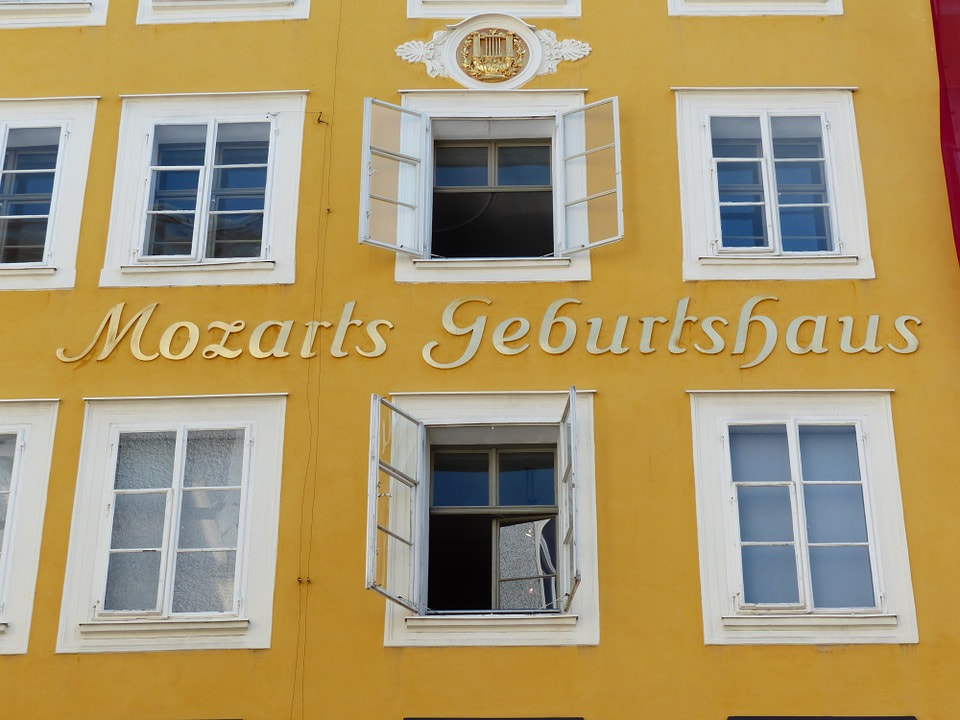
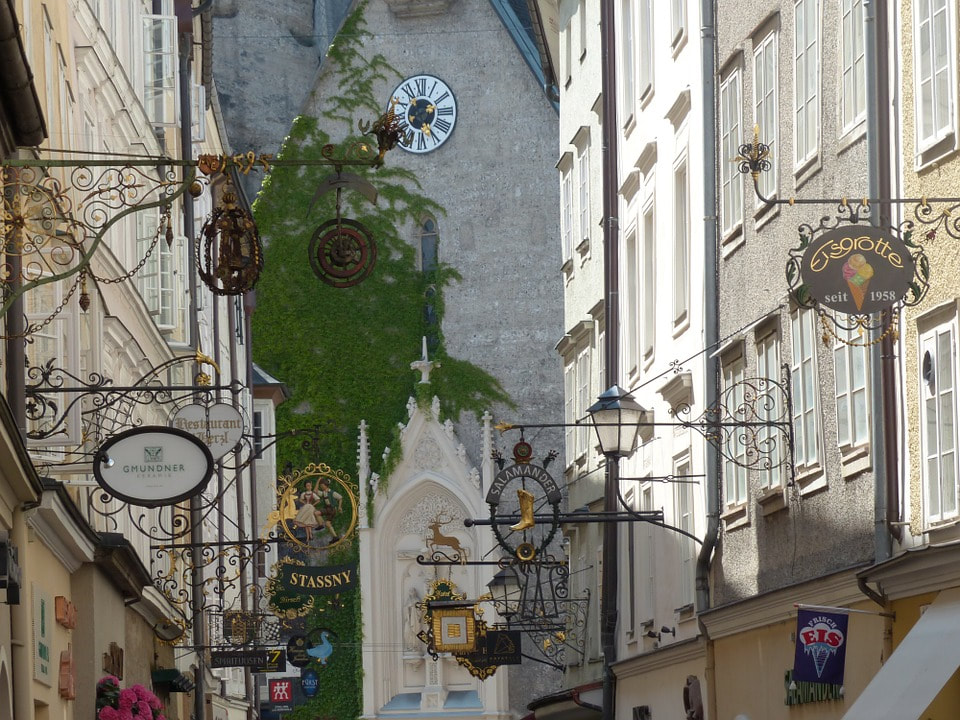
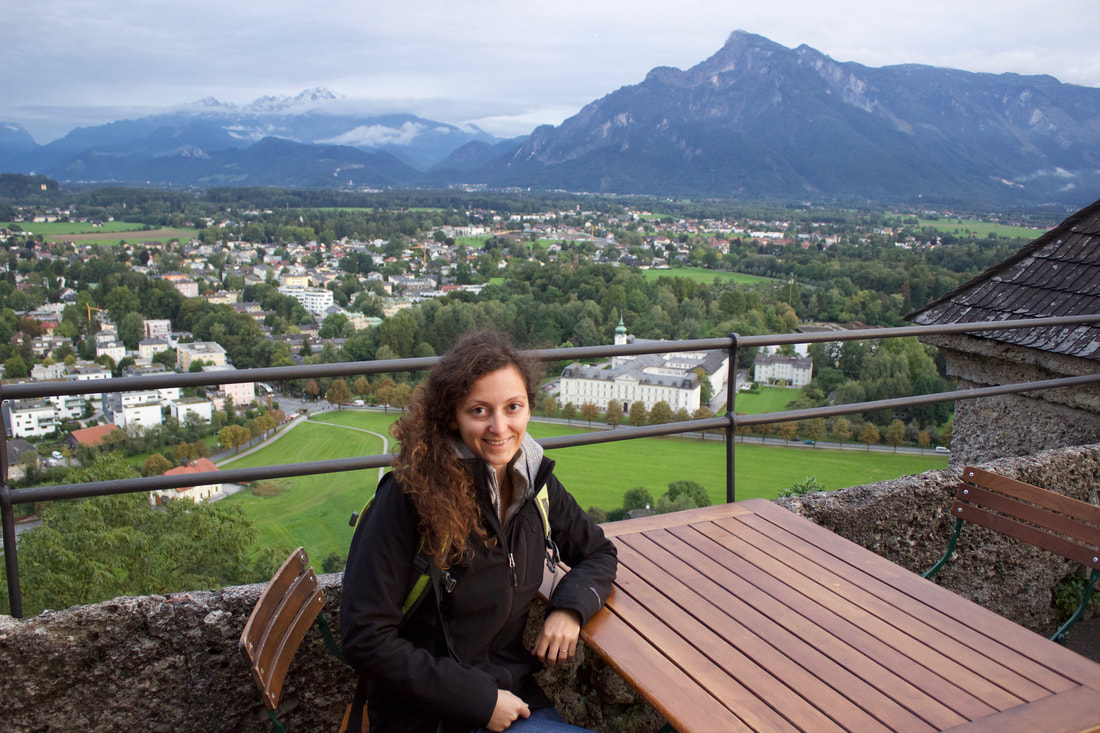
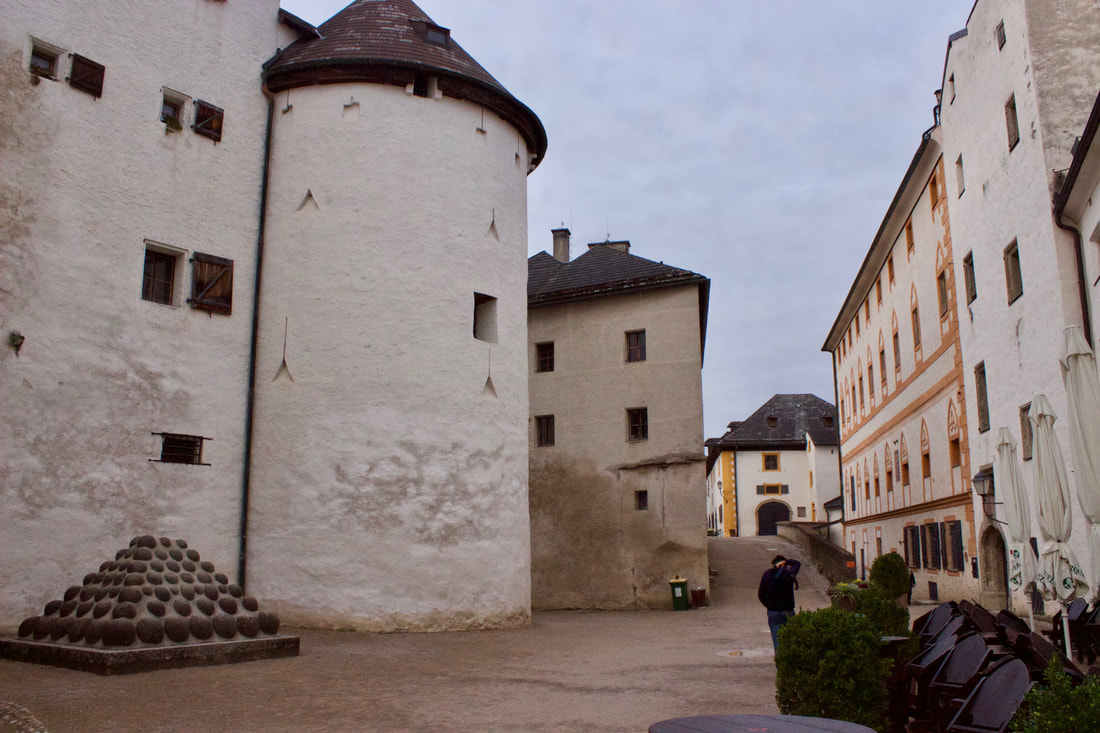
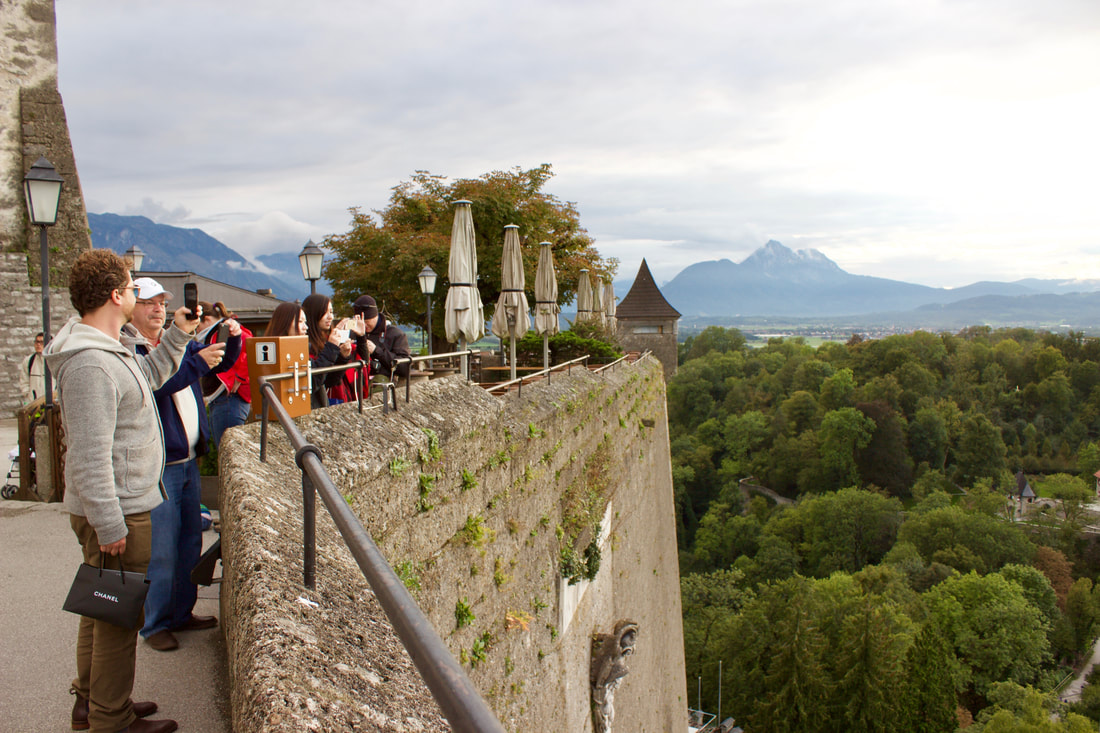
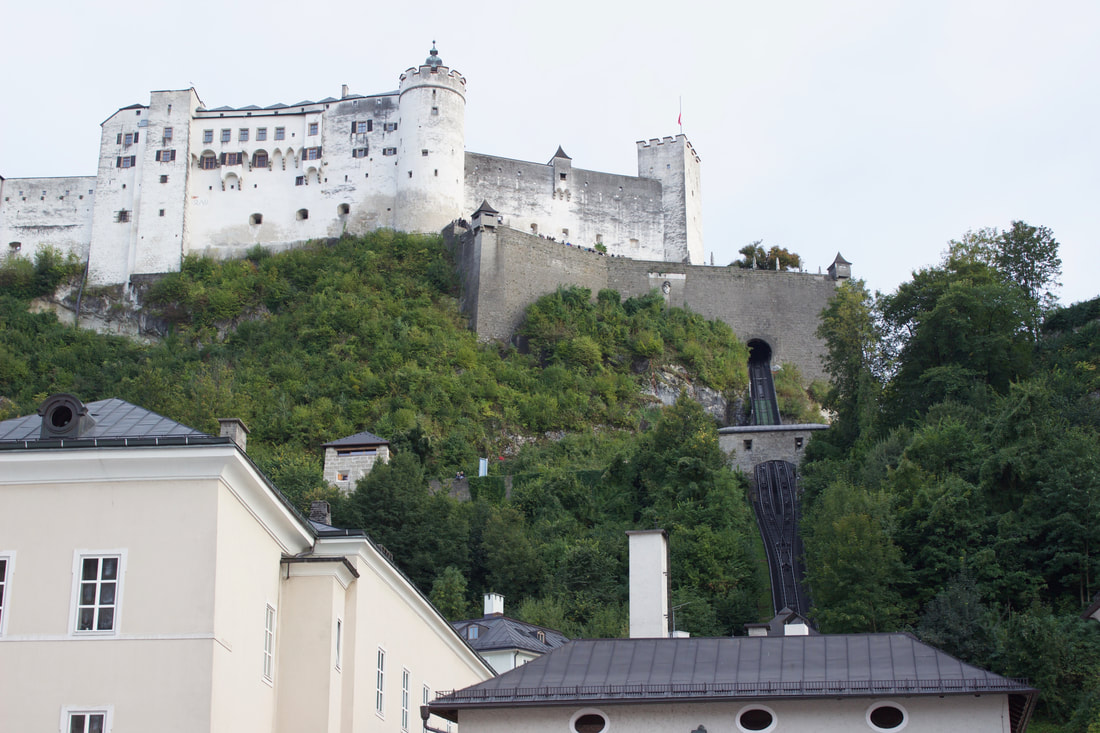
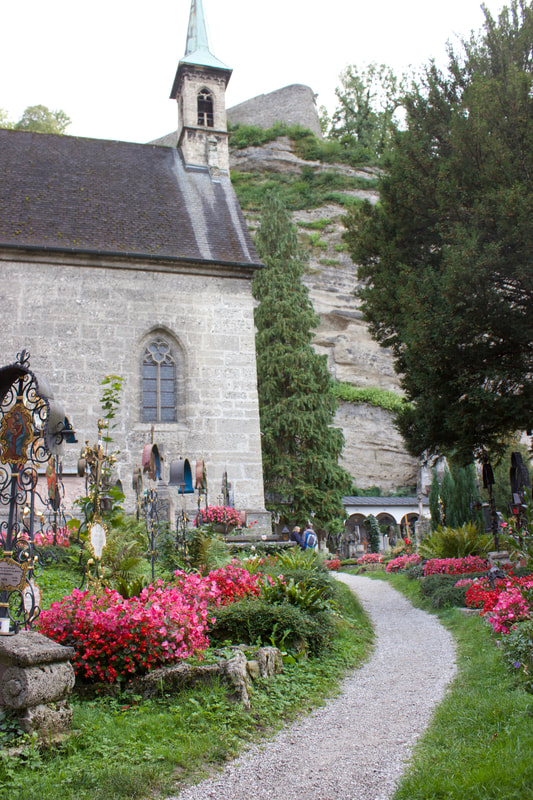
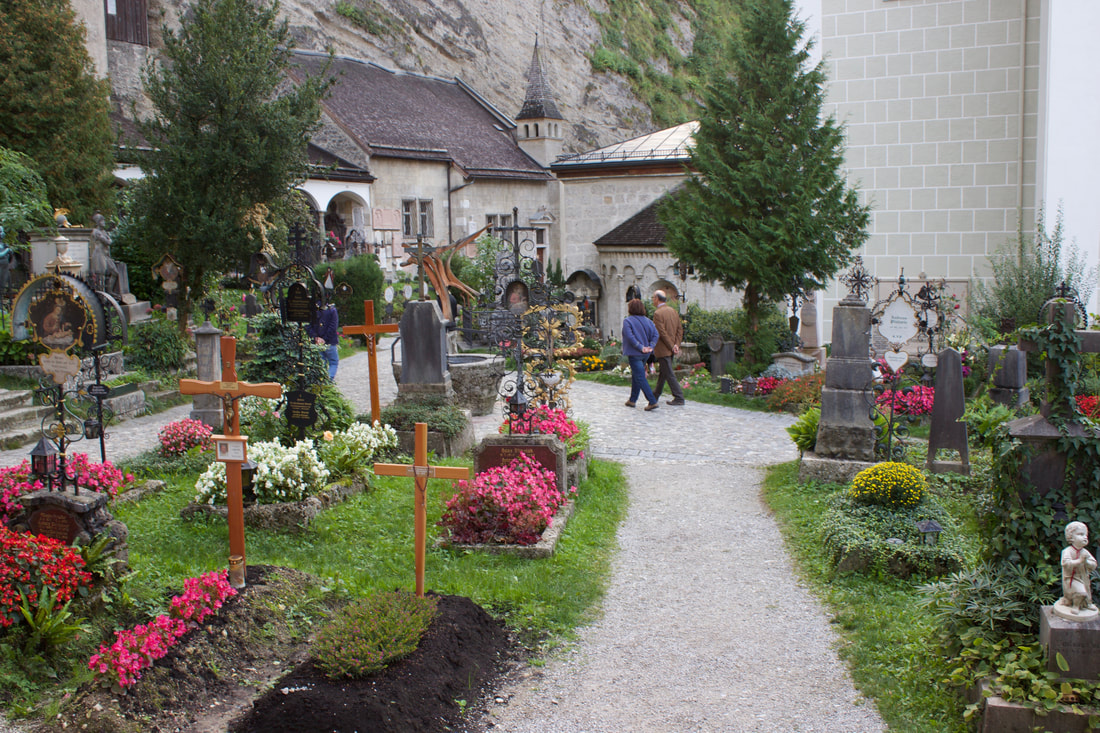
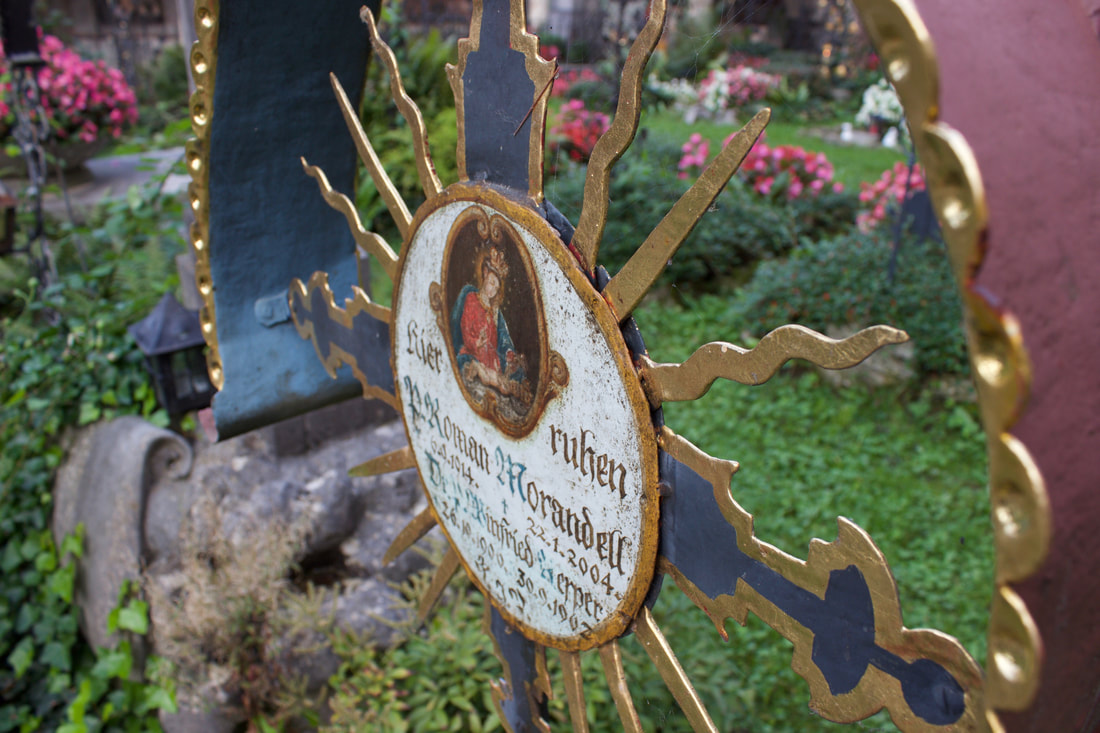
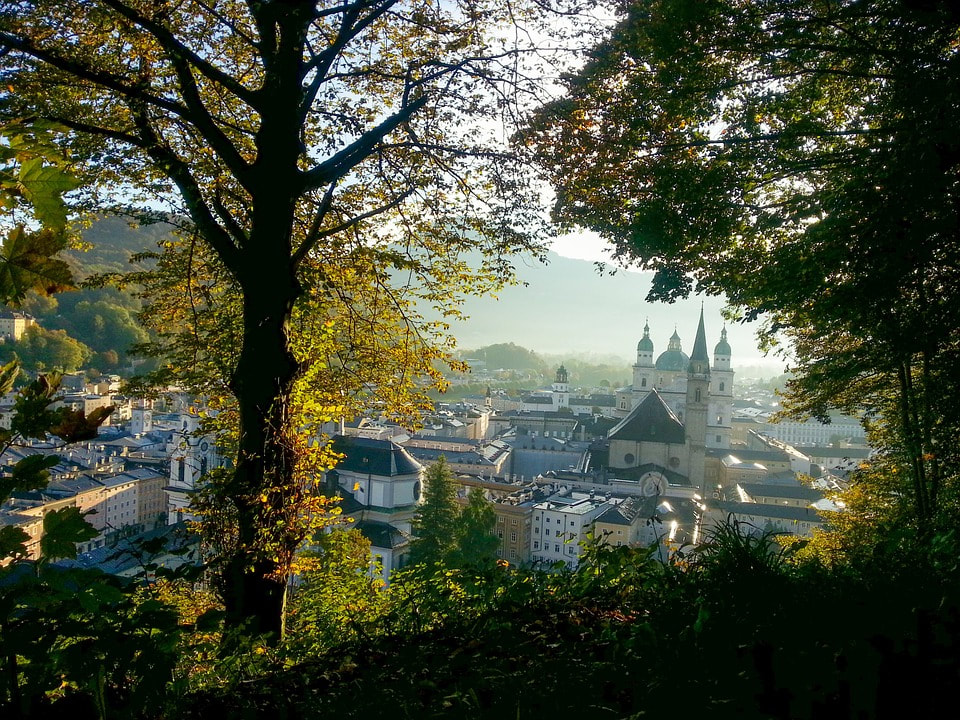
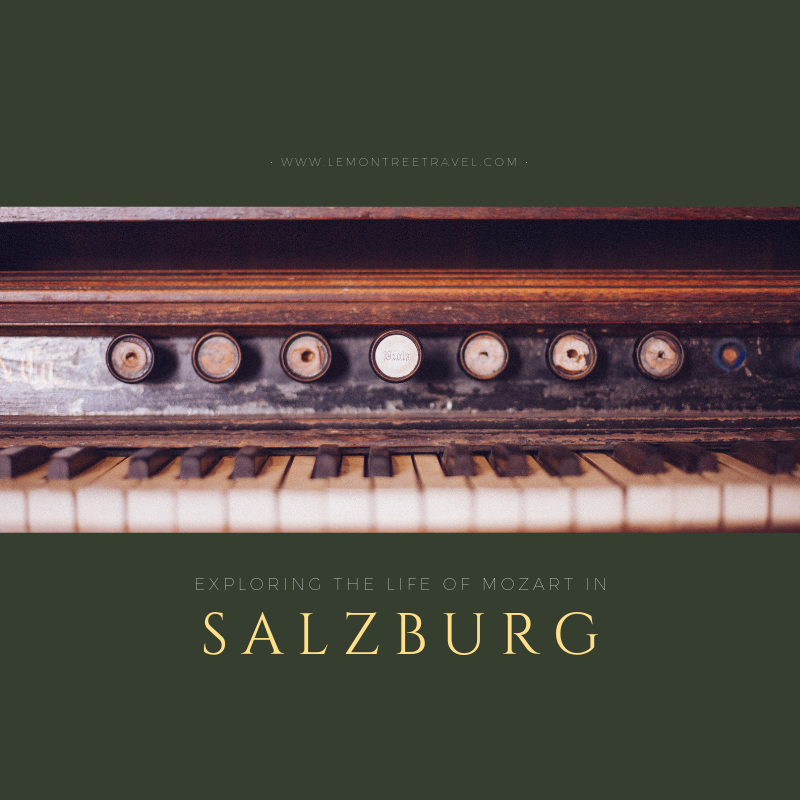
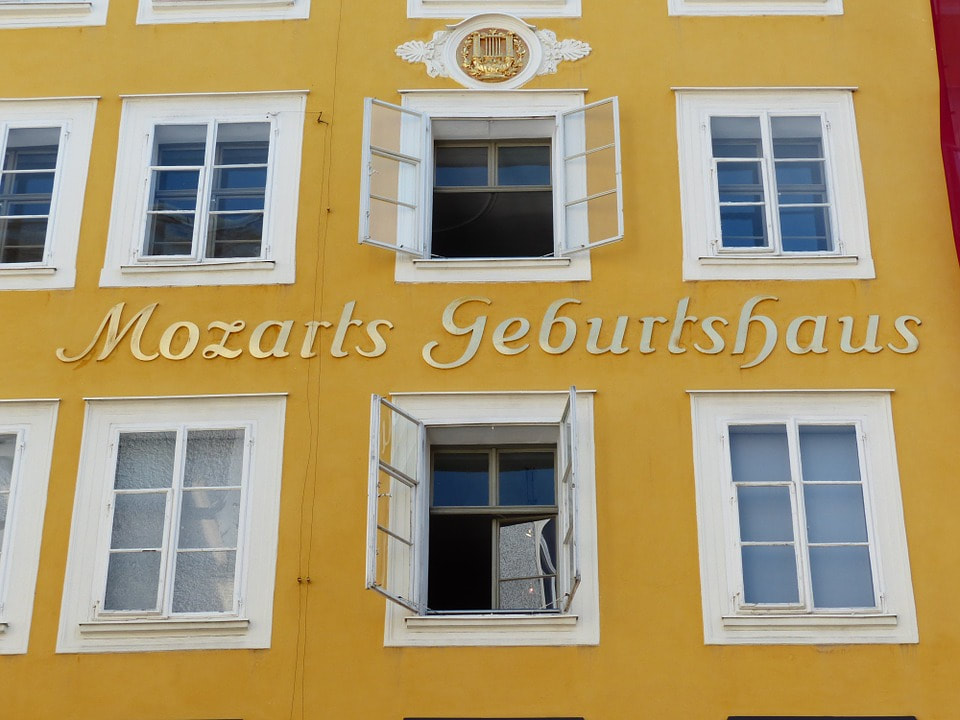
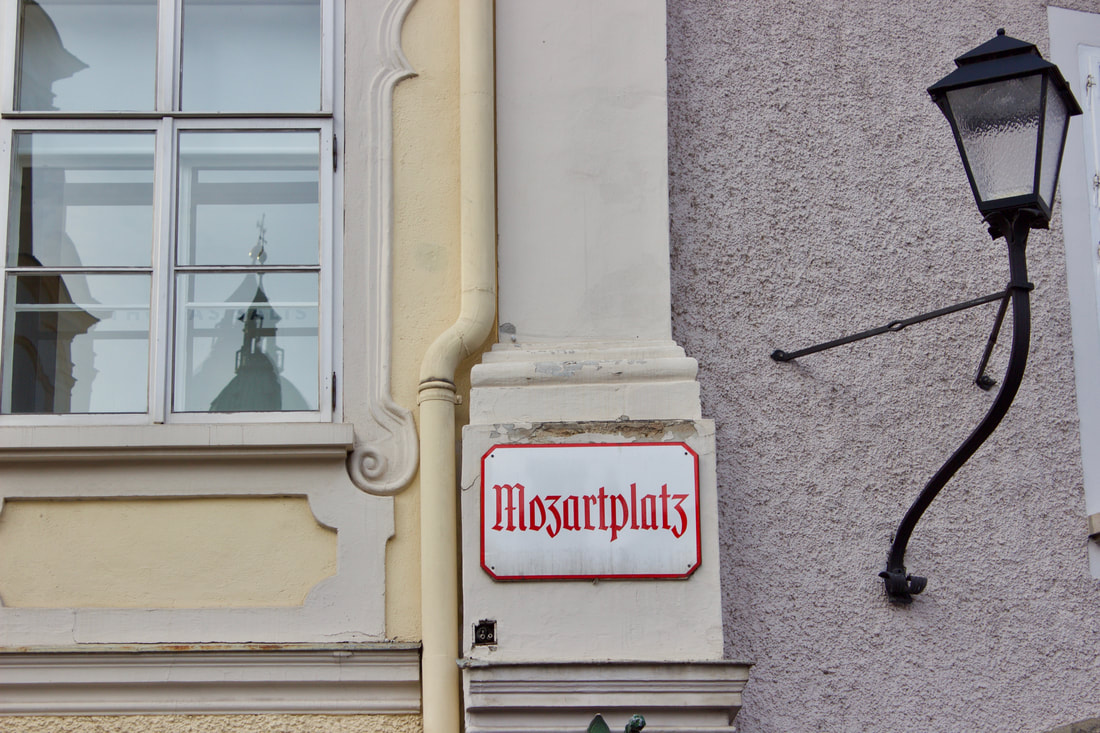
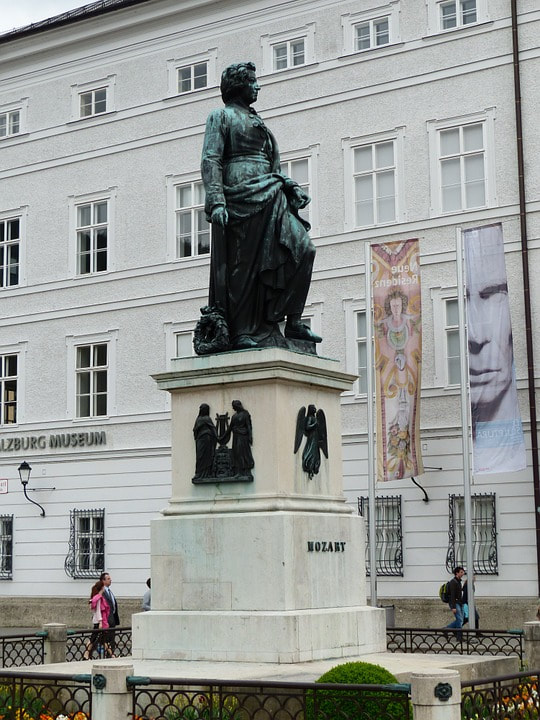
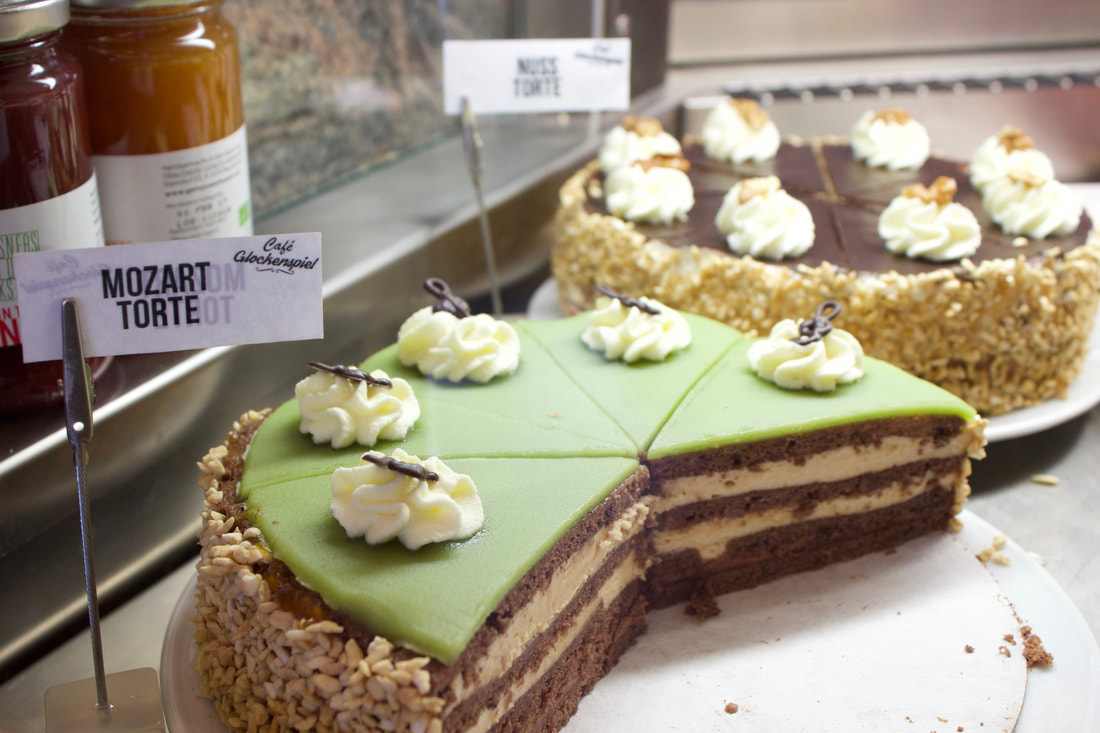
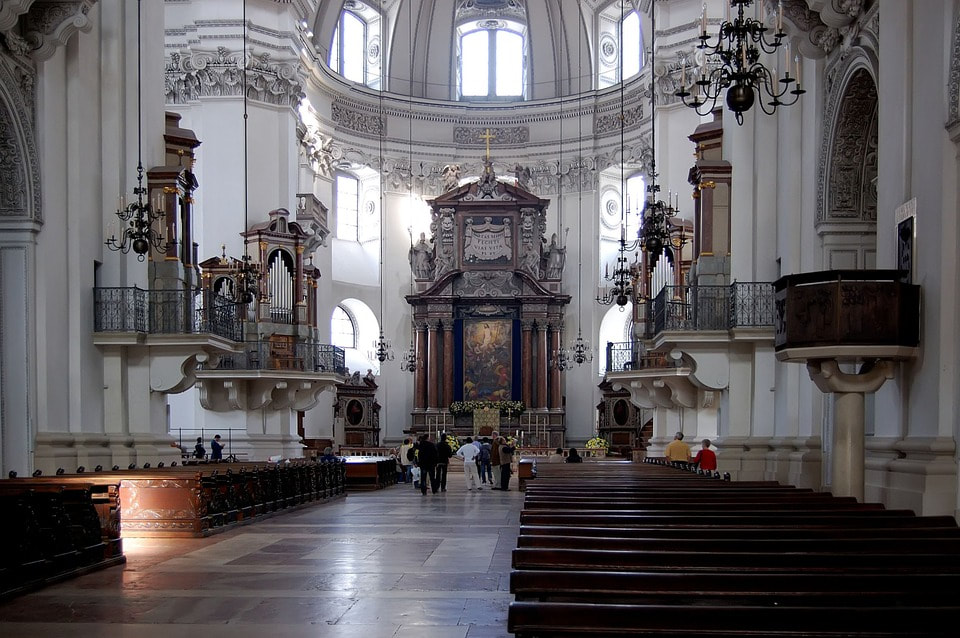
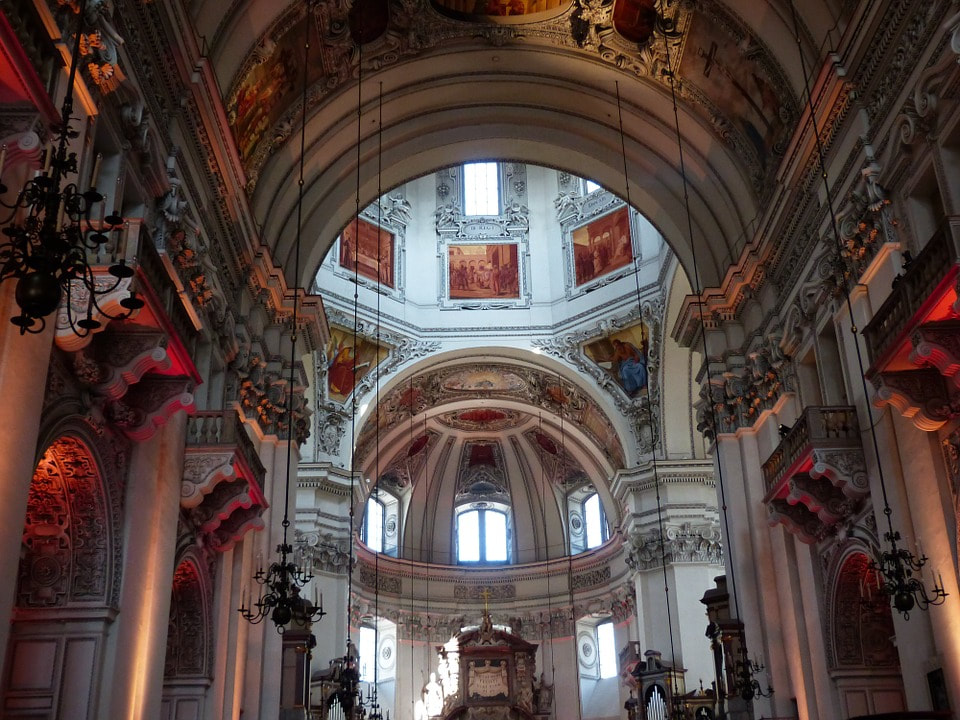

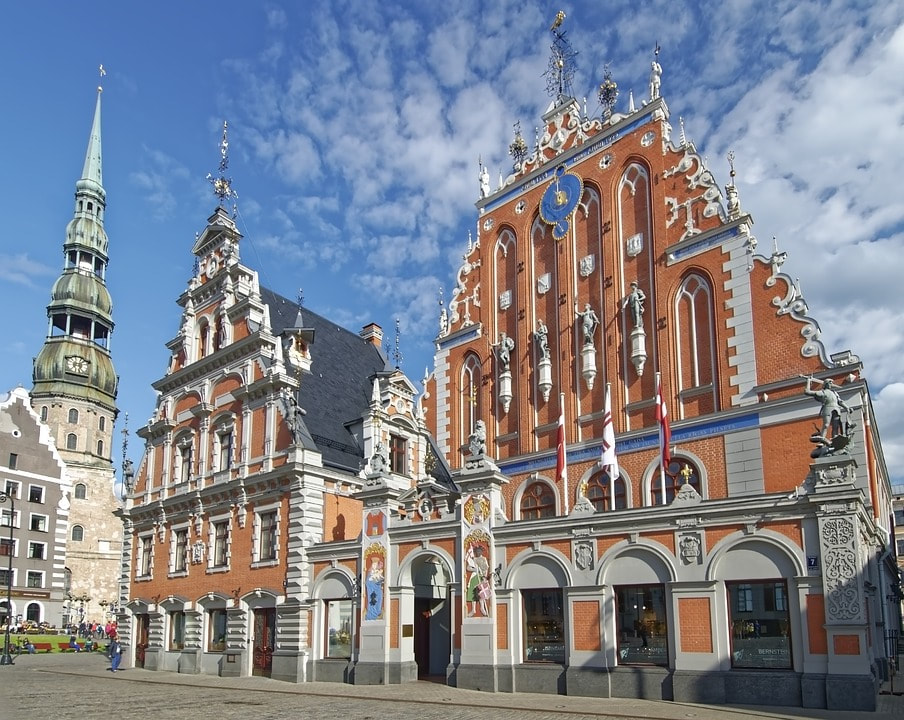
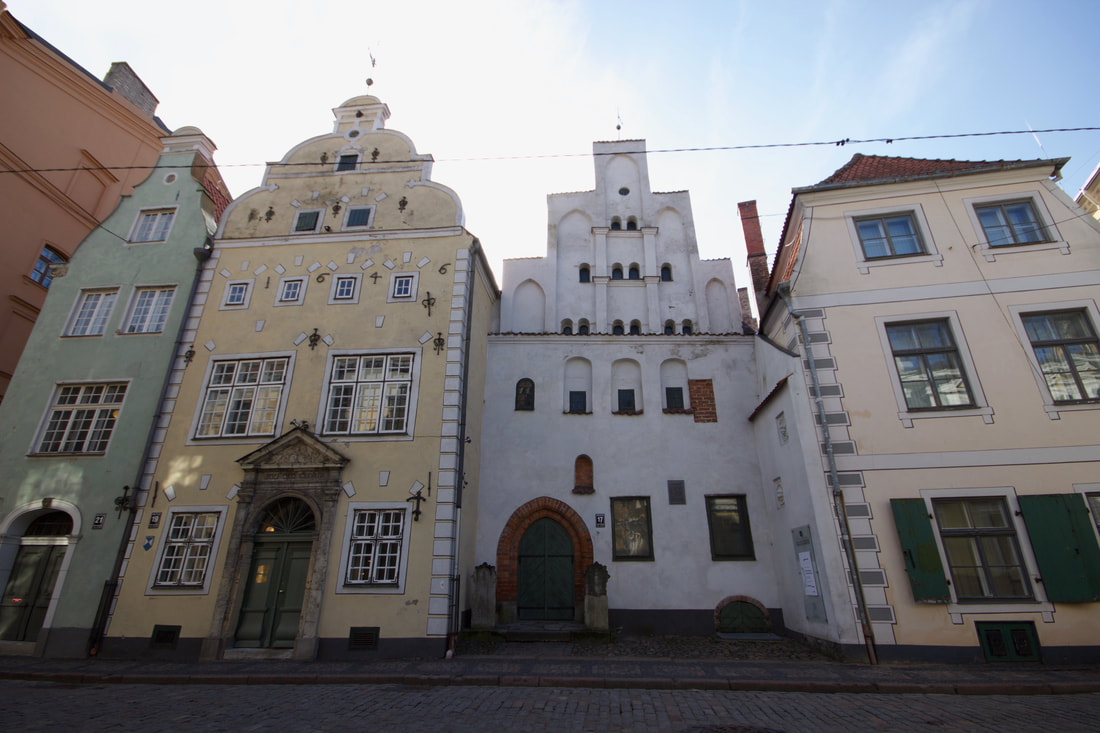
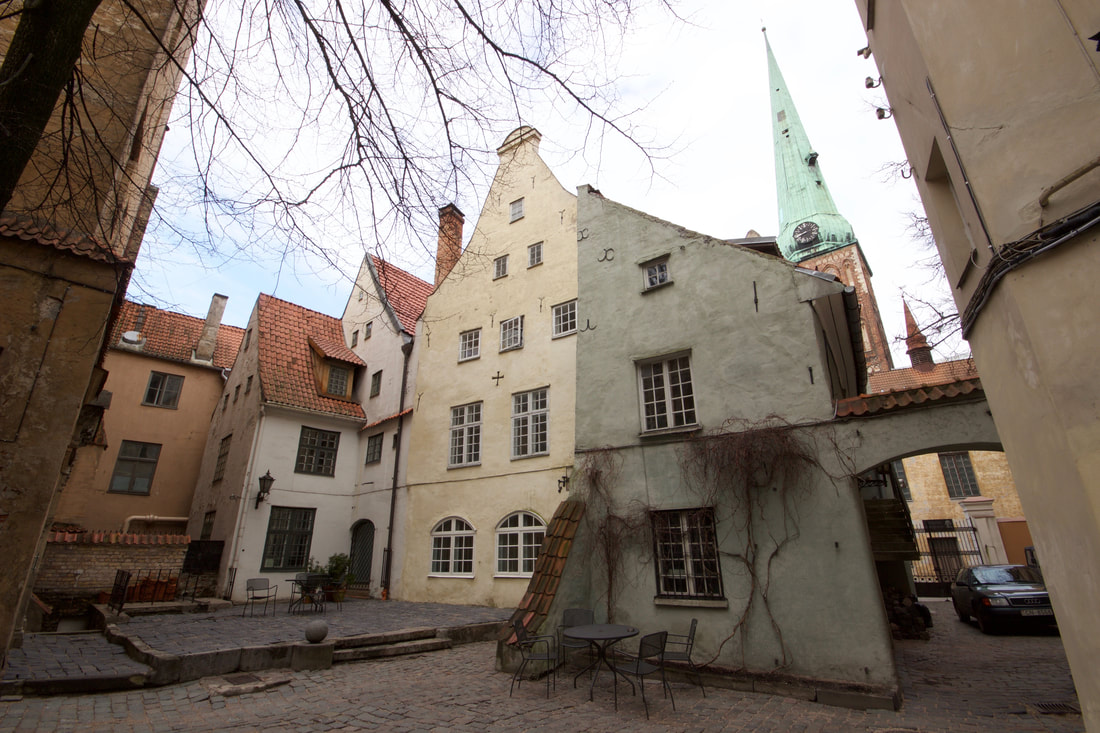
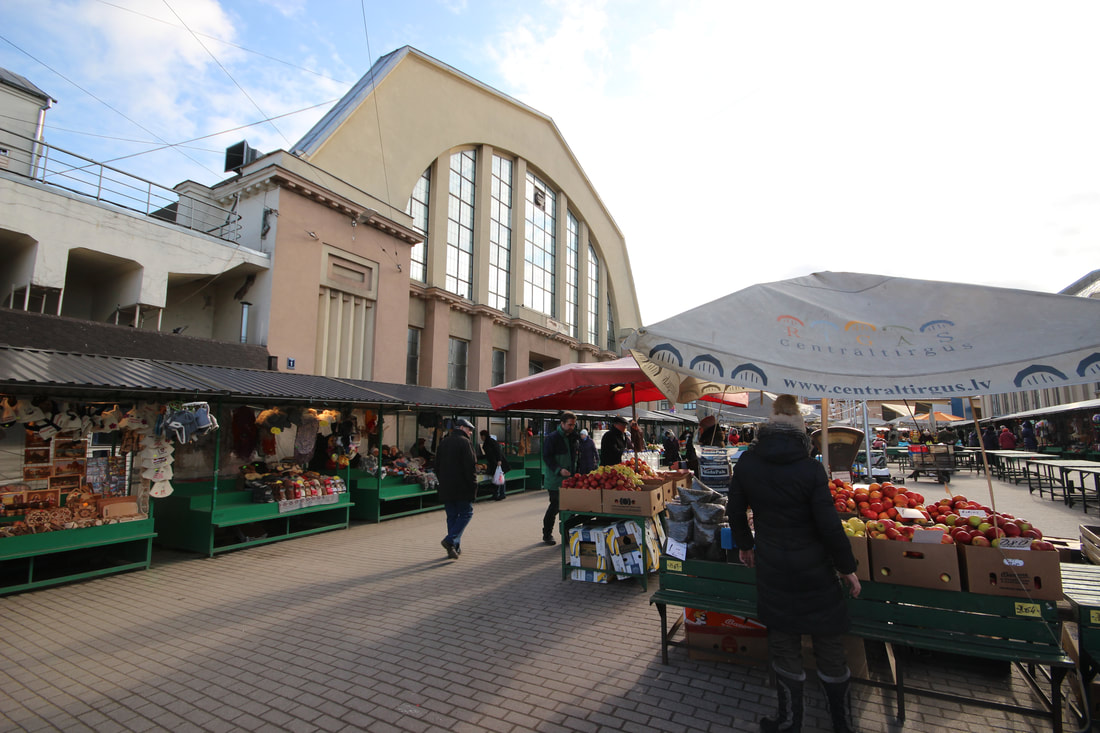
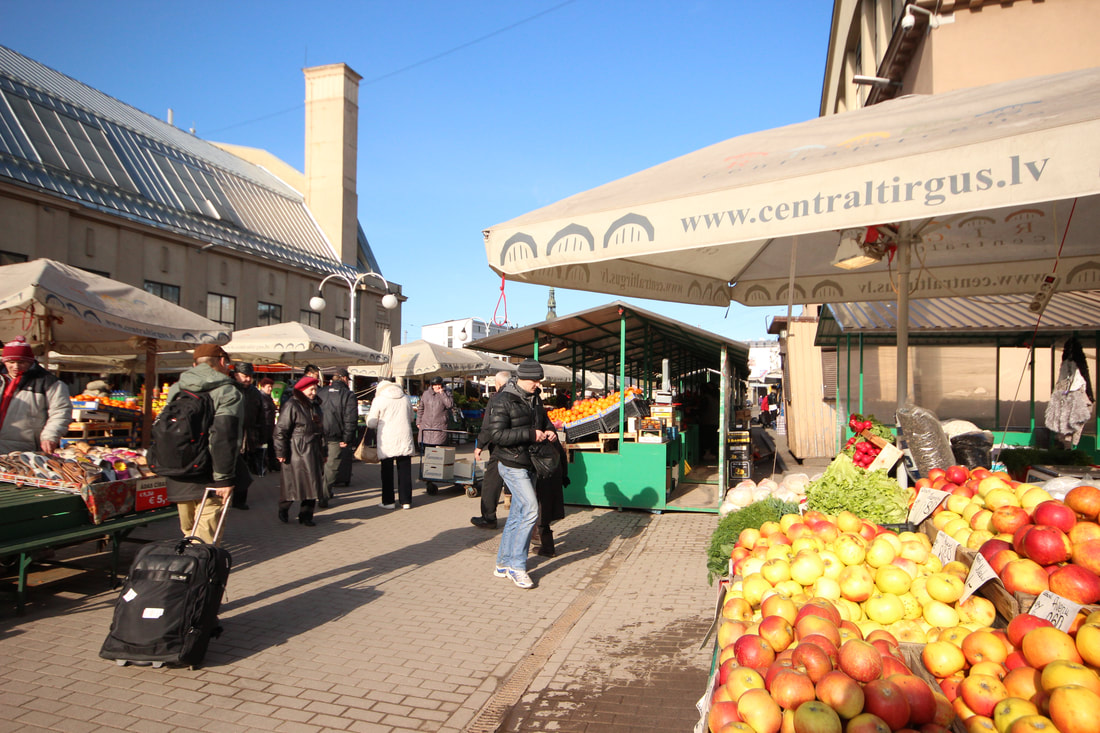
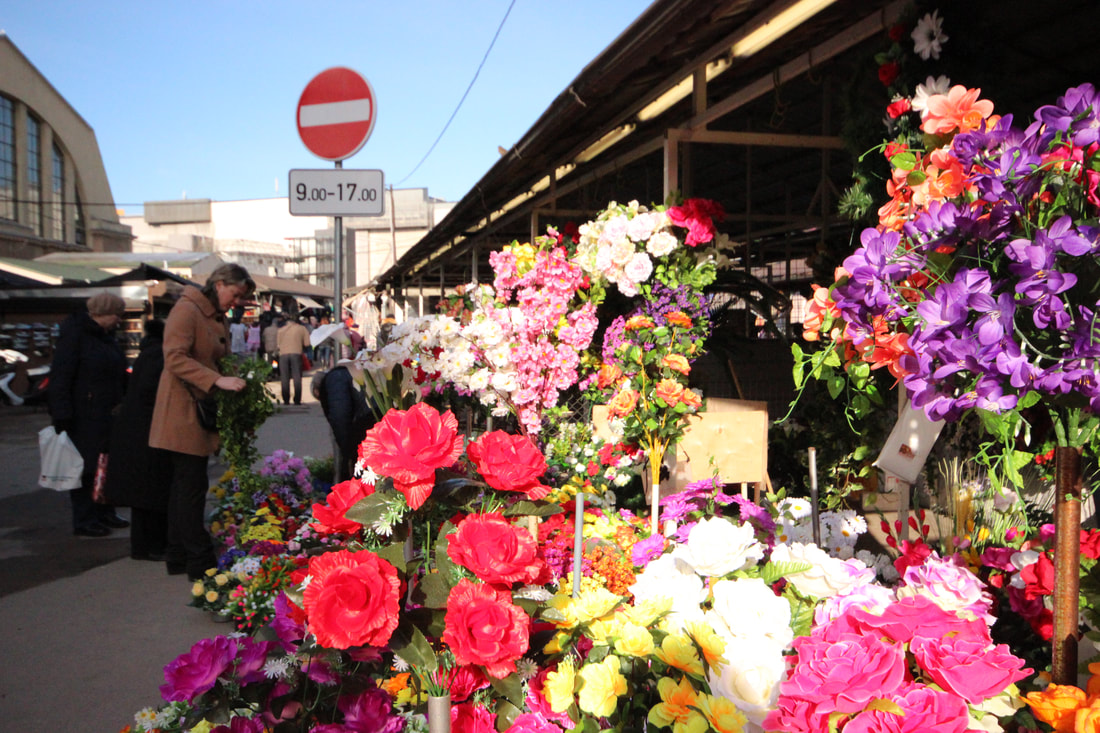
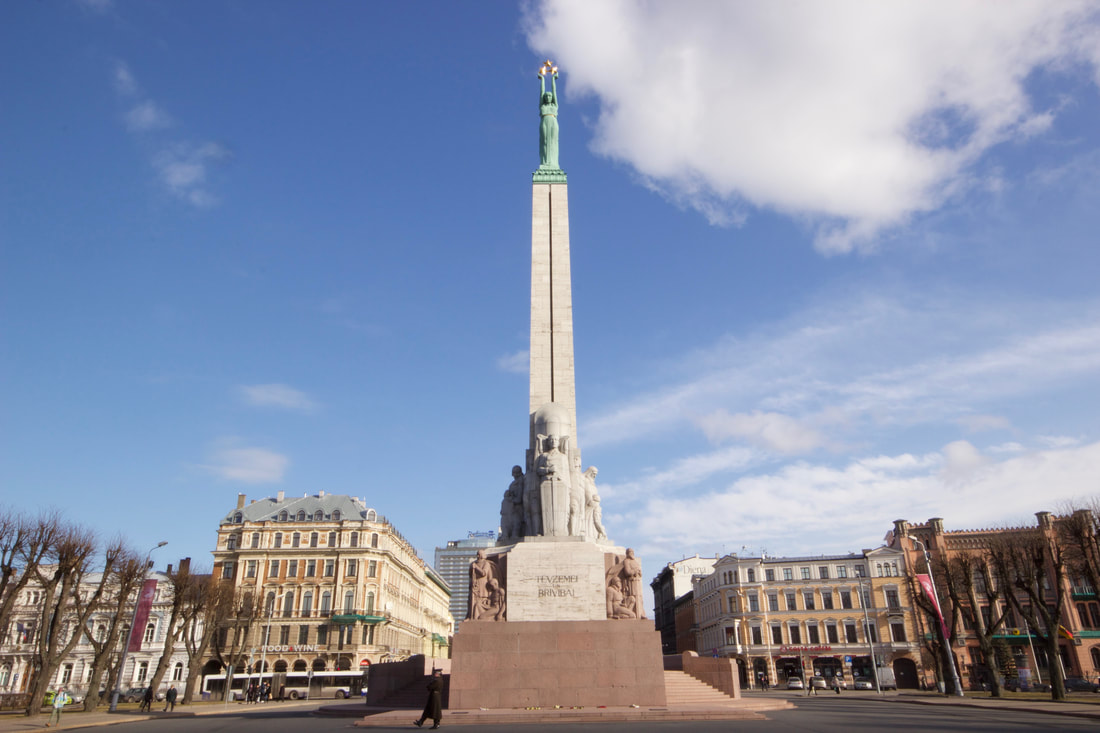
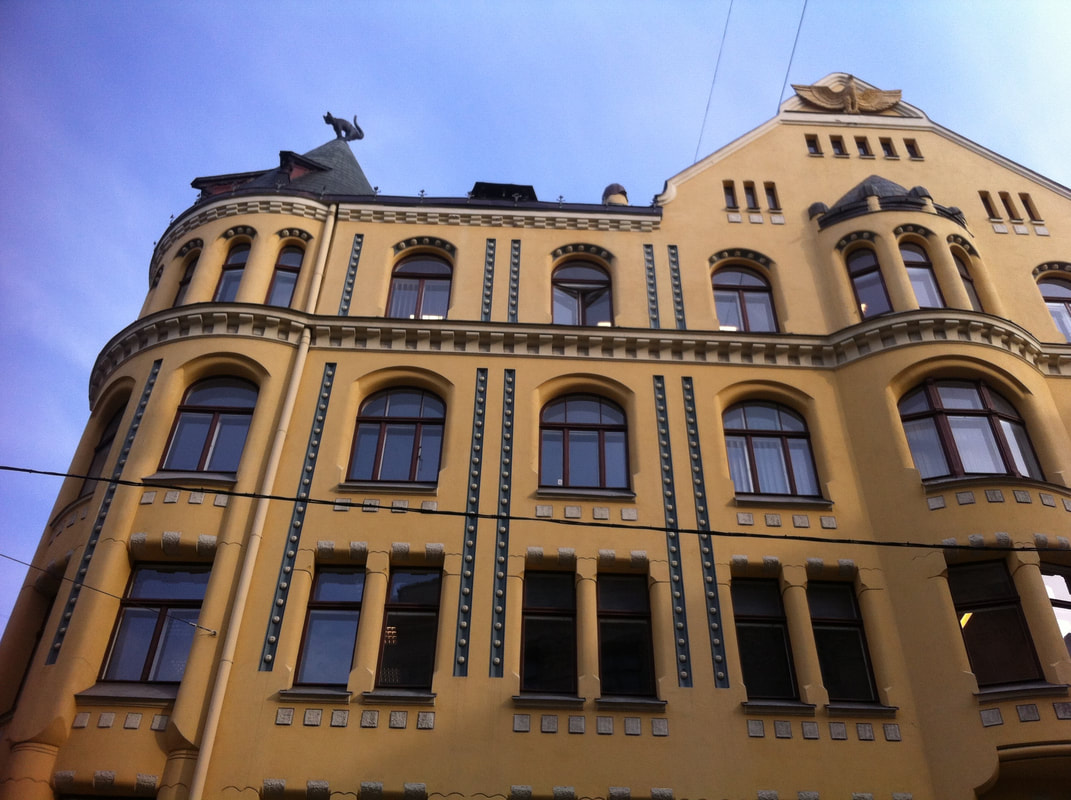
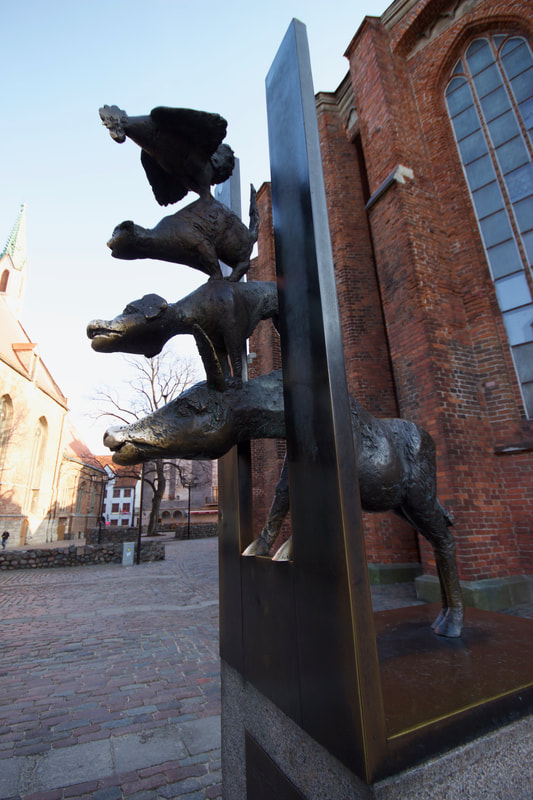
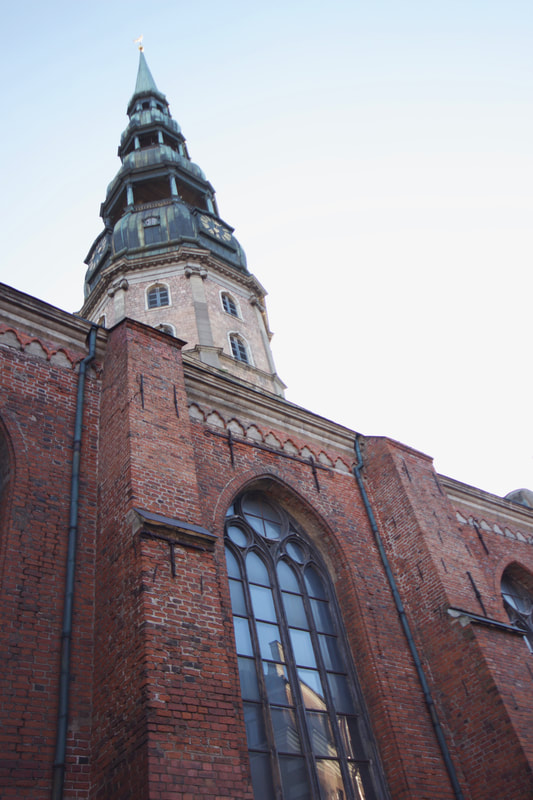
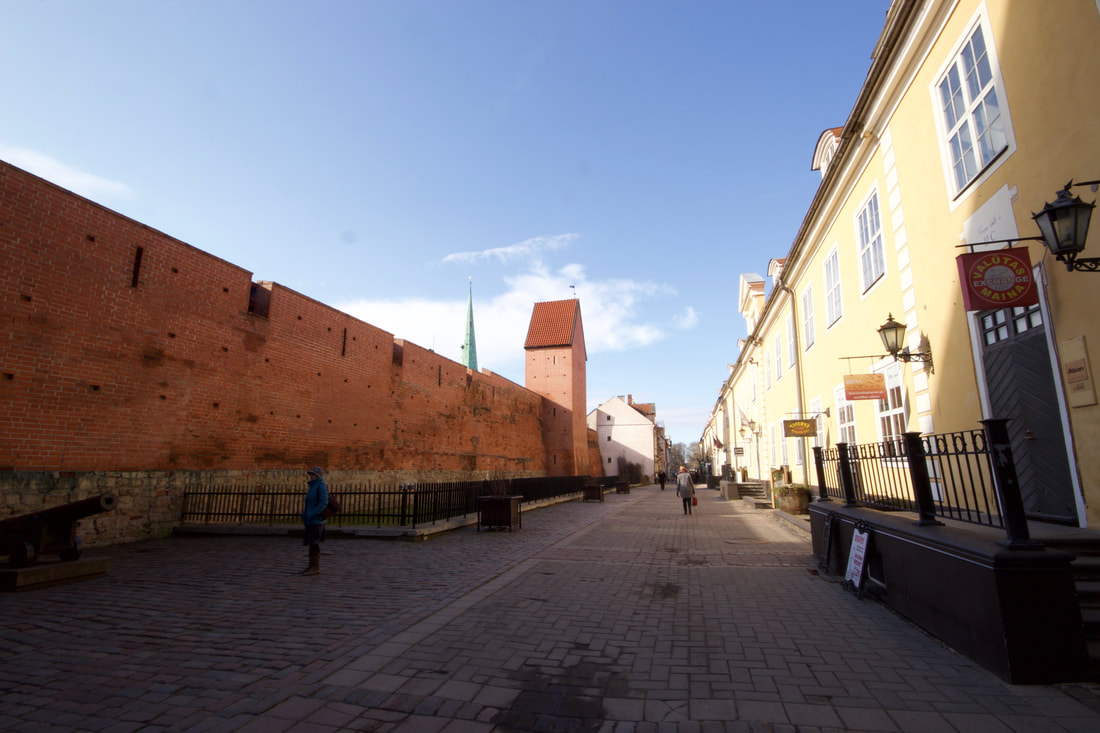
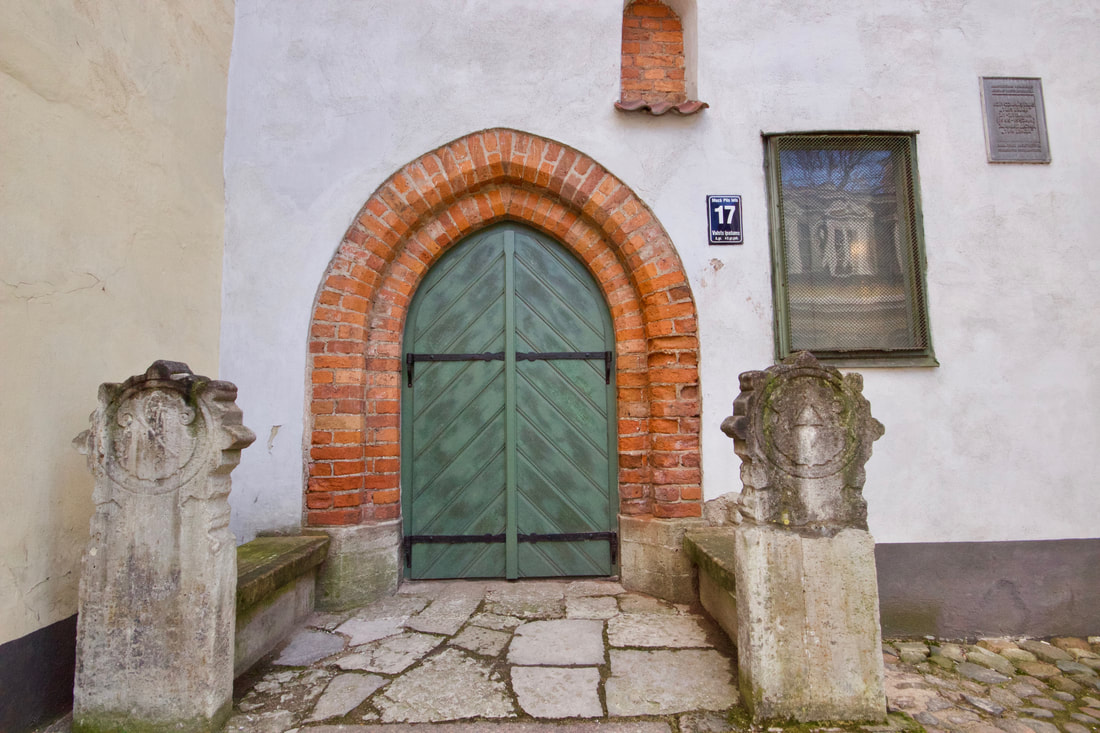
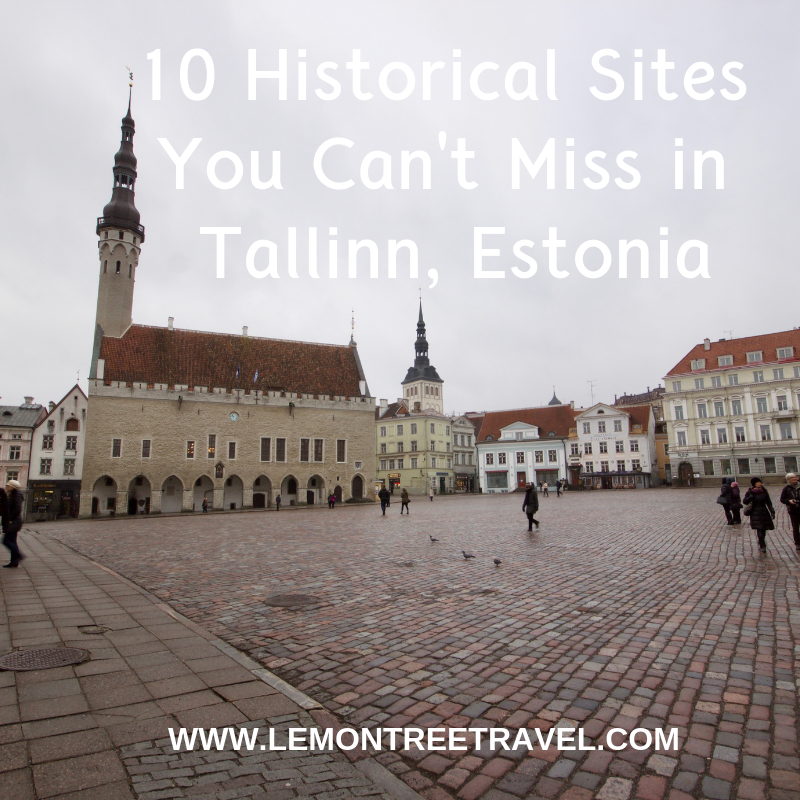
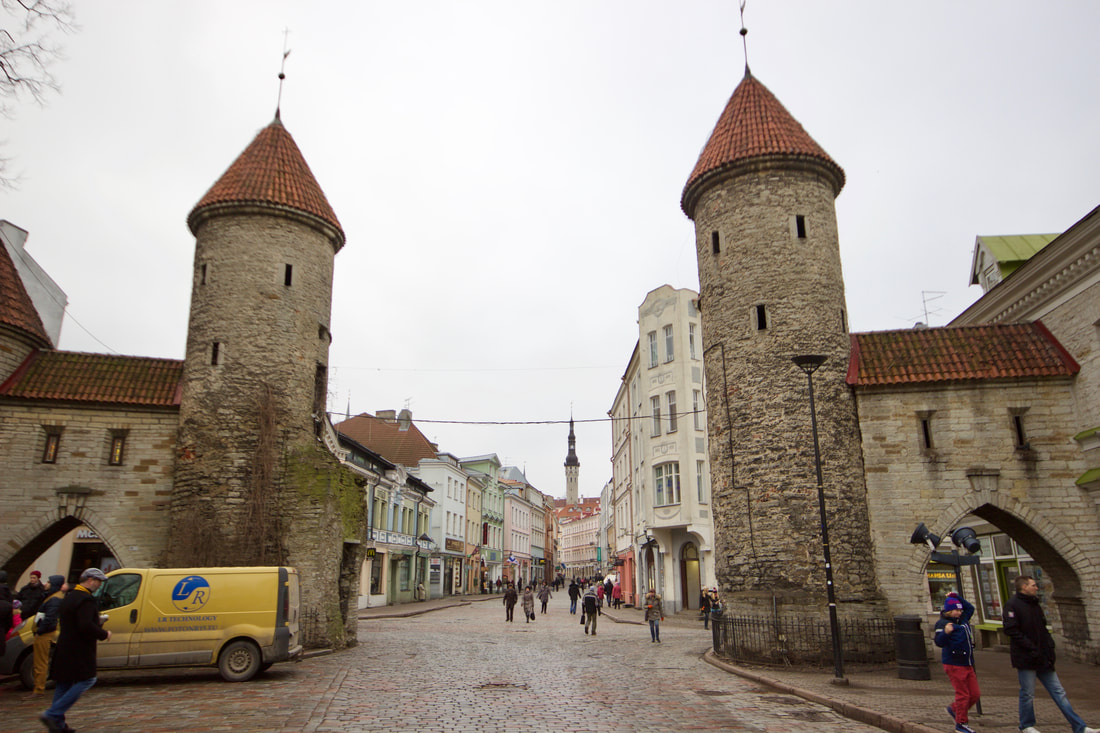
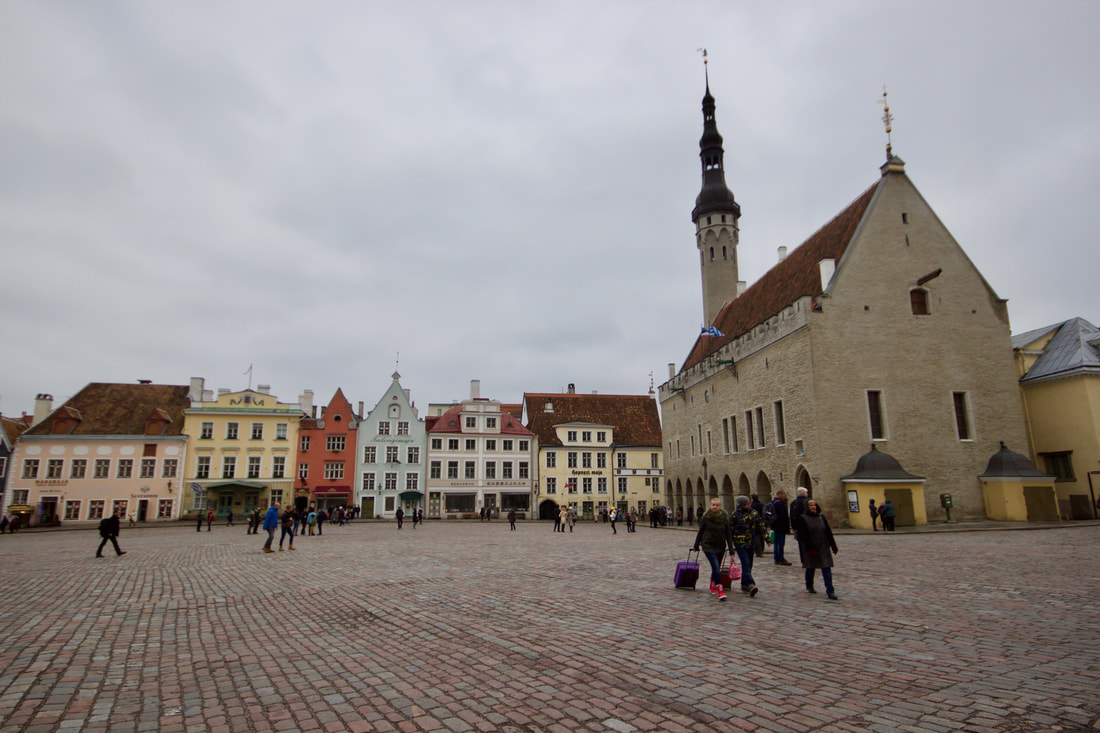
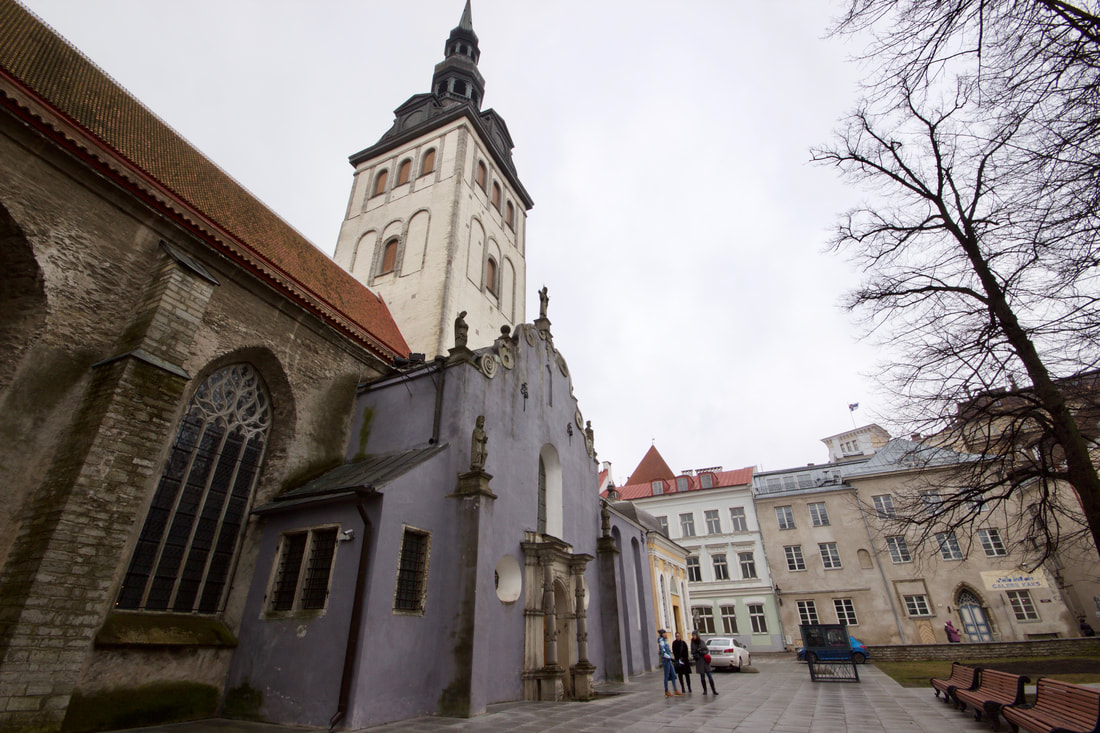
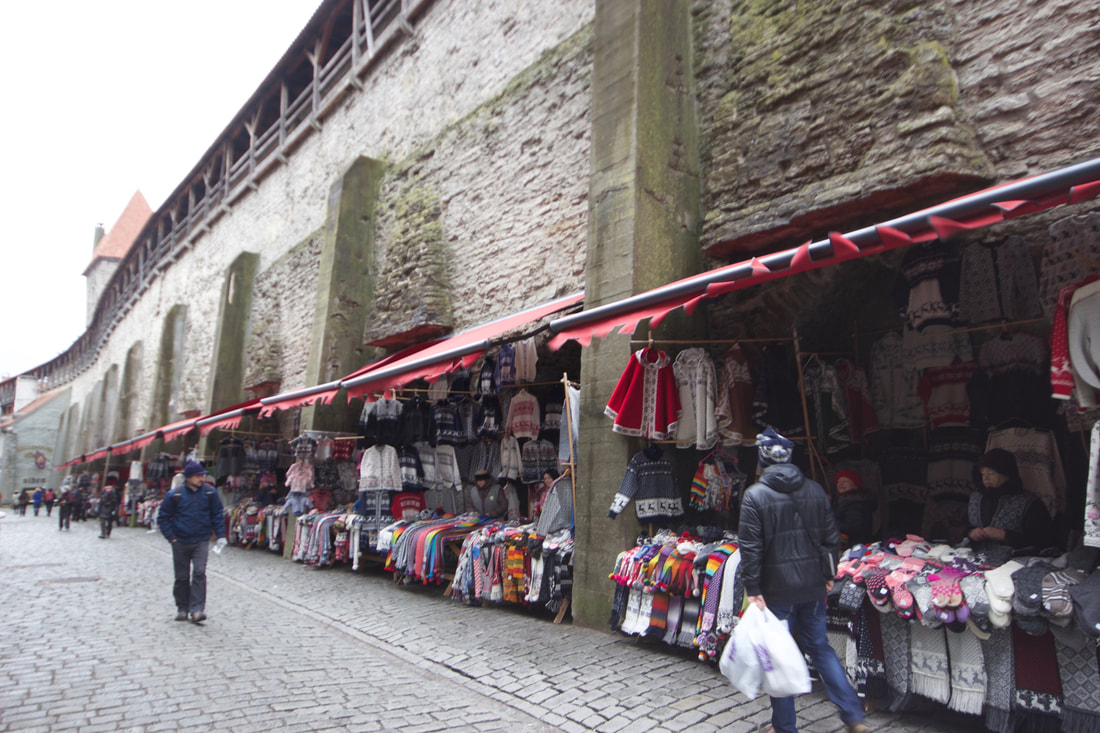
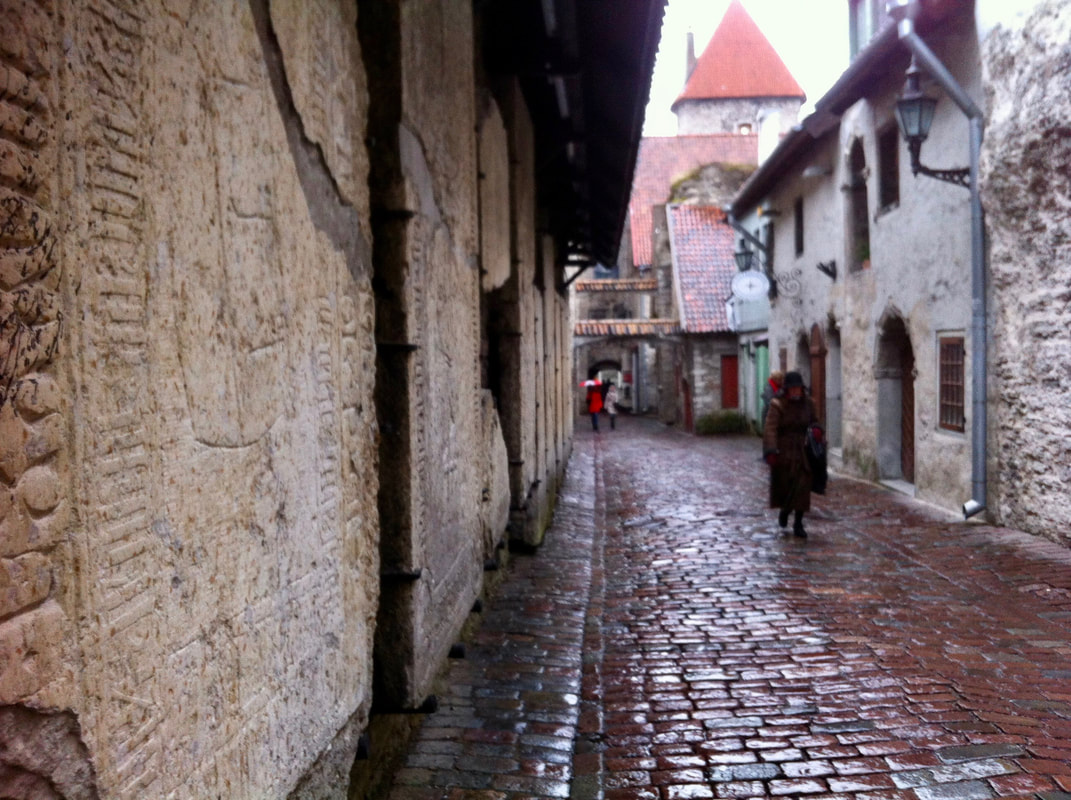
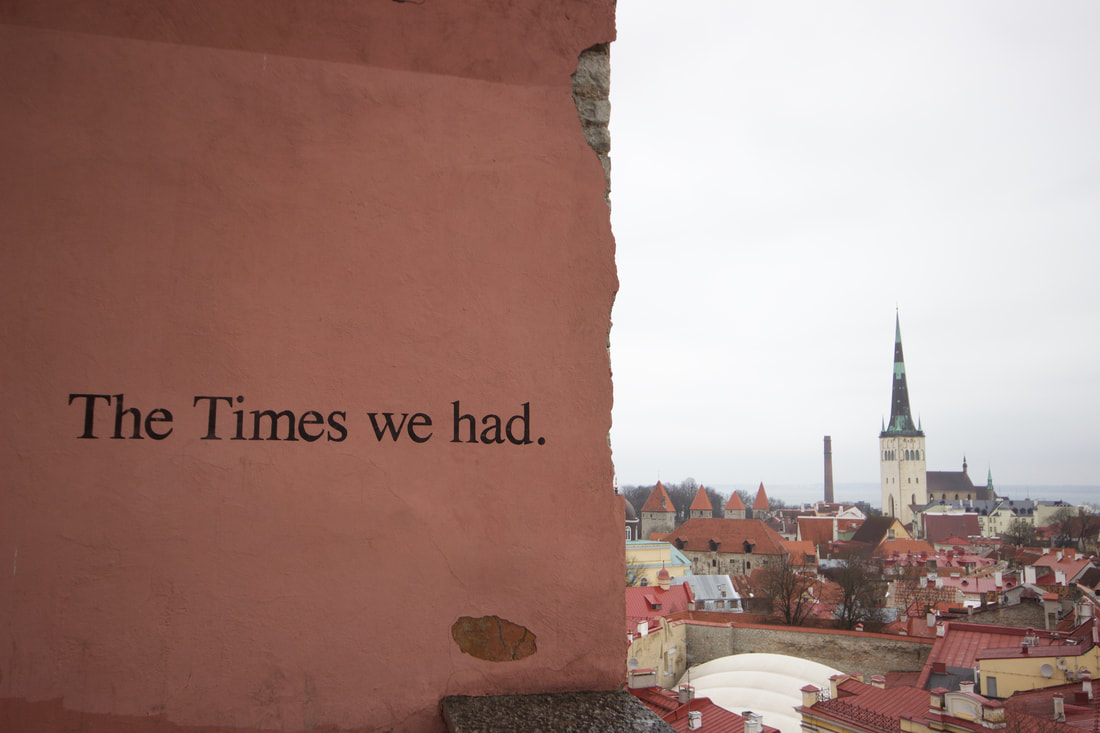
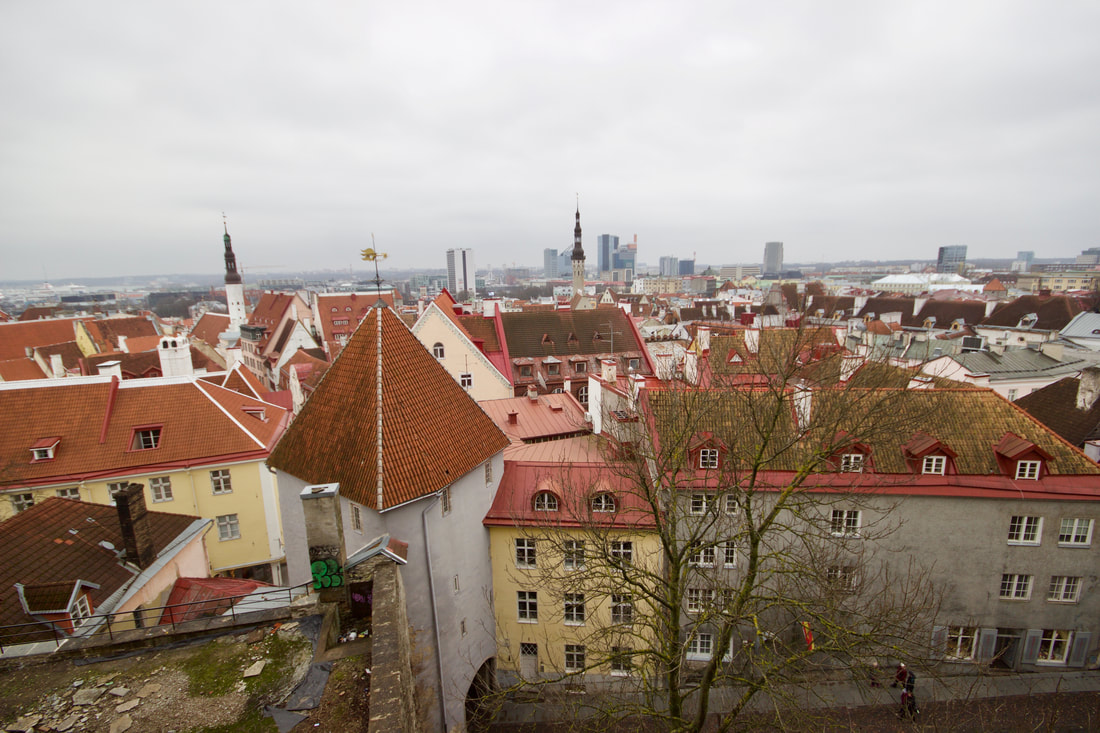
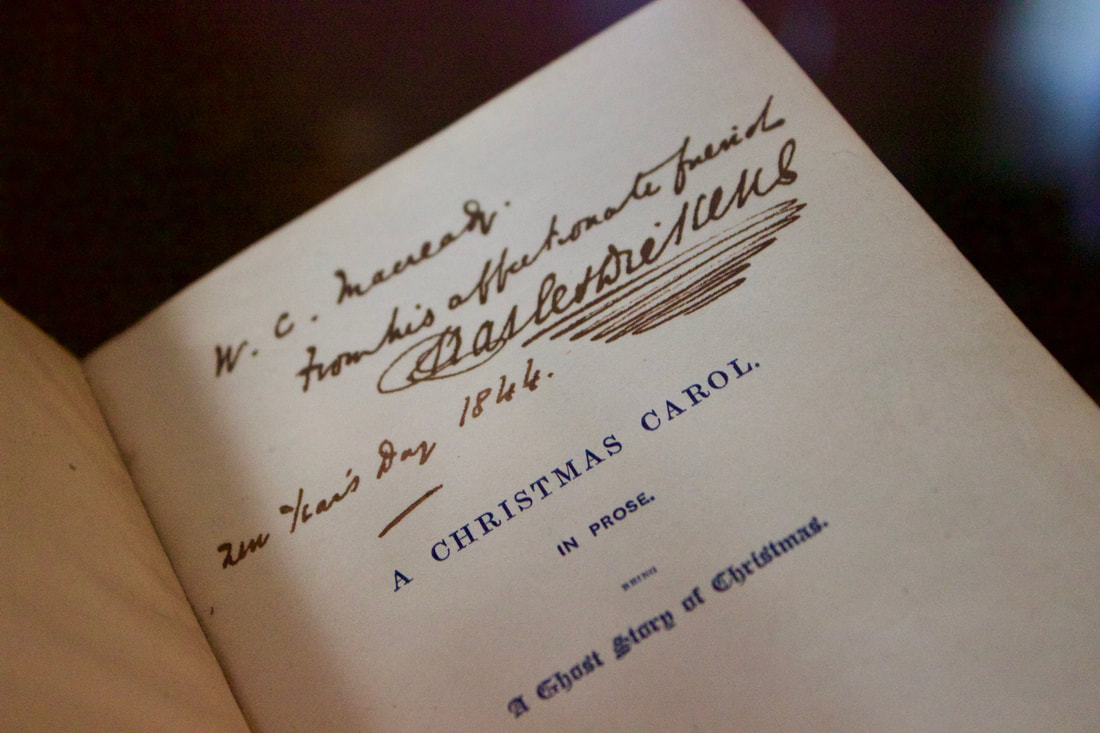
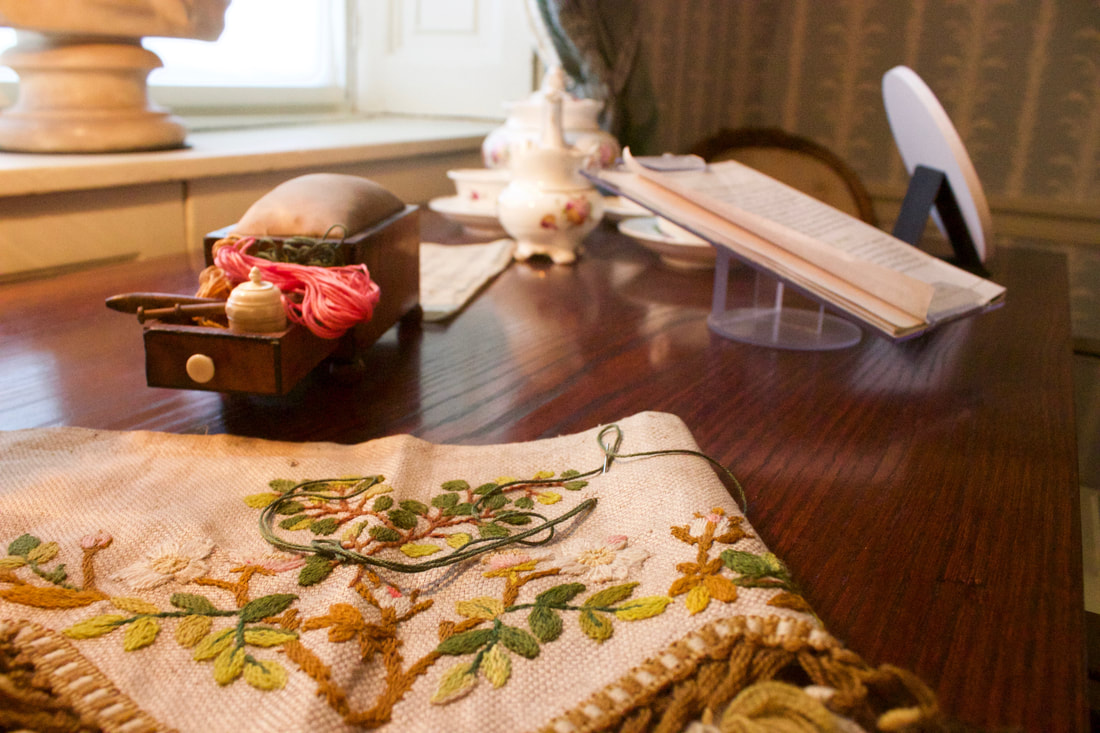
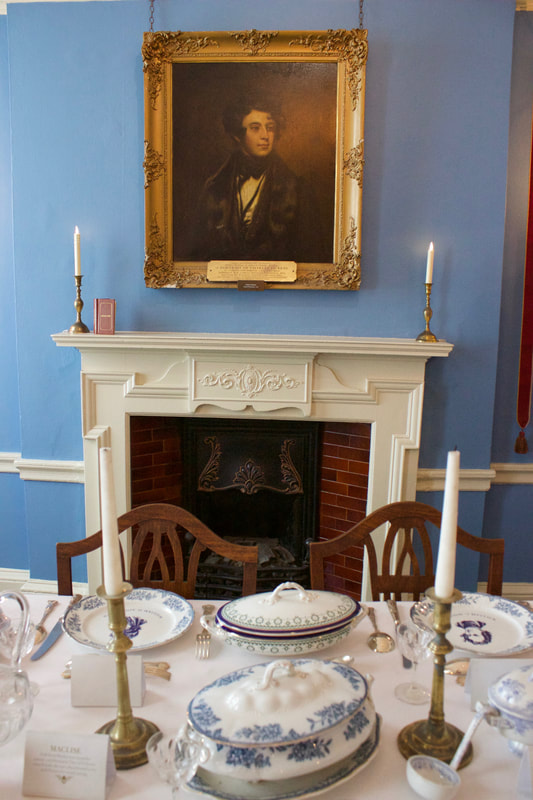
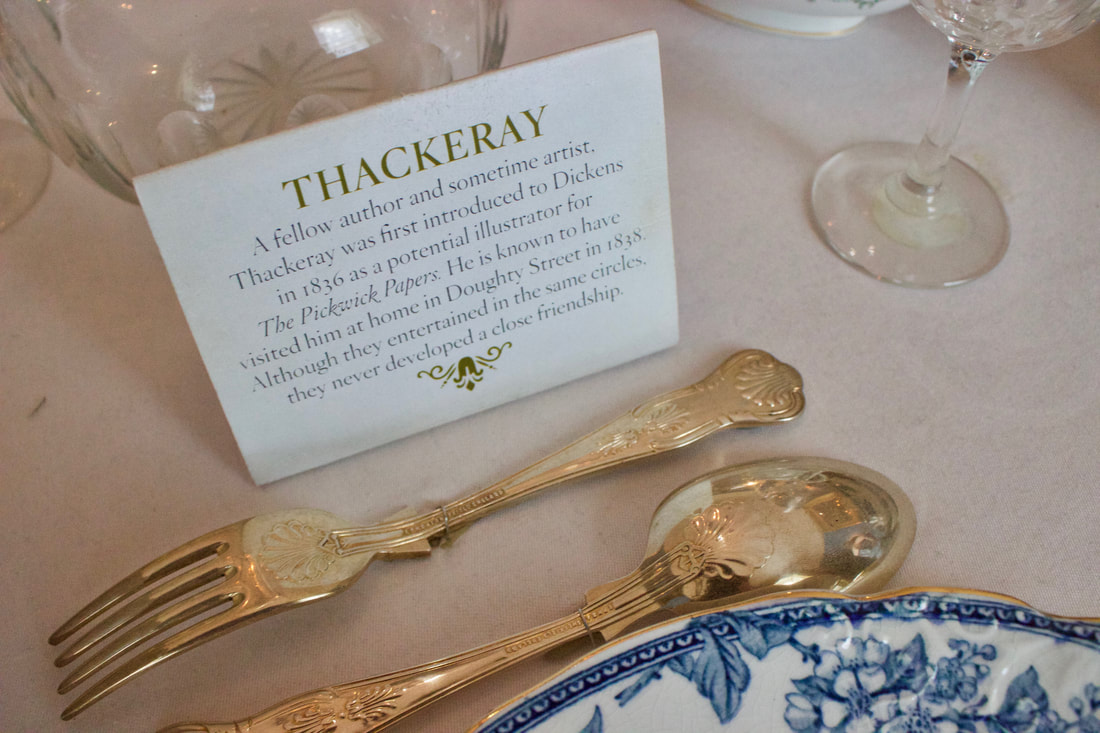
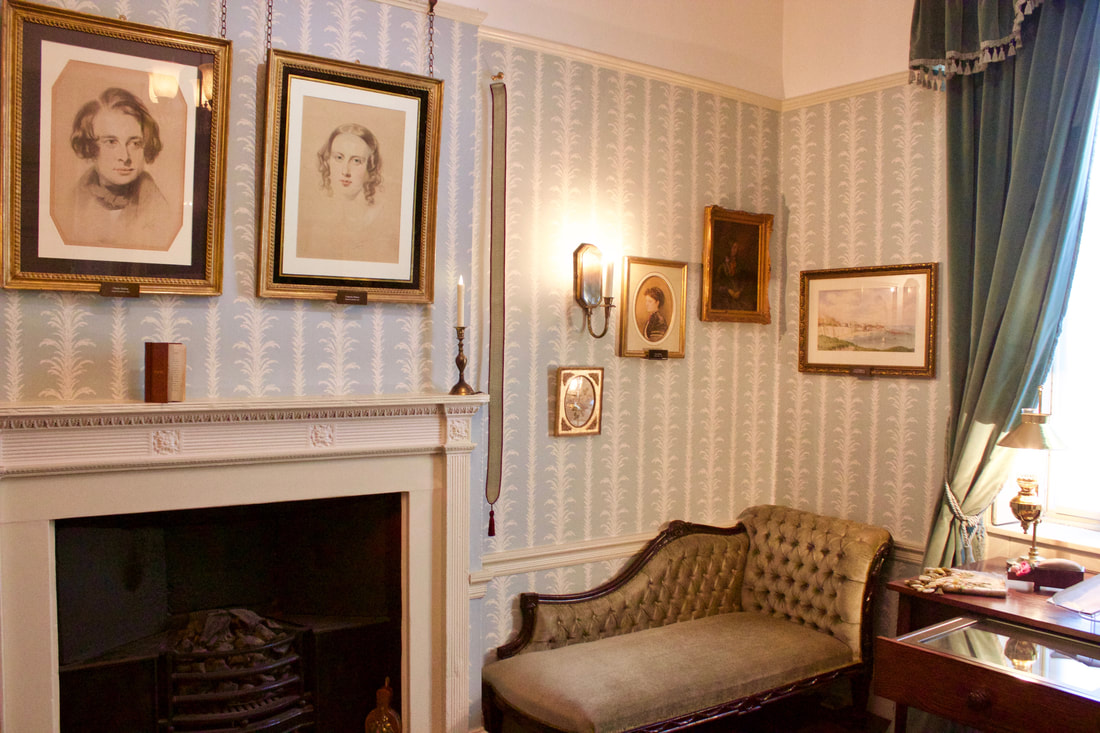
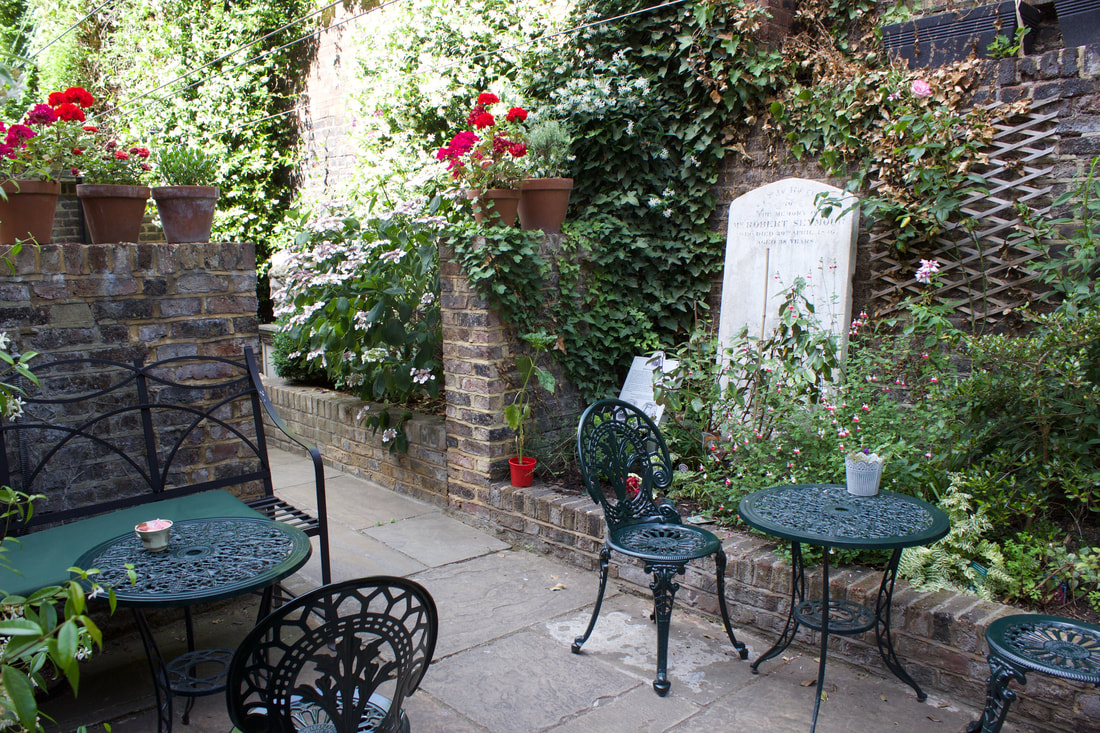

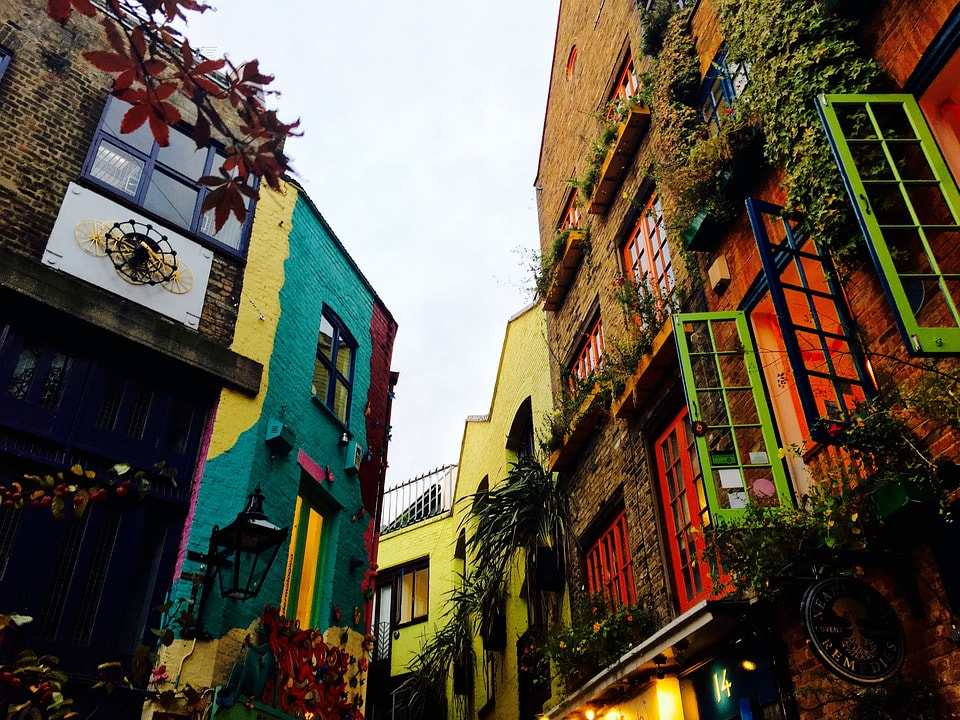


 RSS Feed
RSS Feed